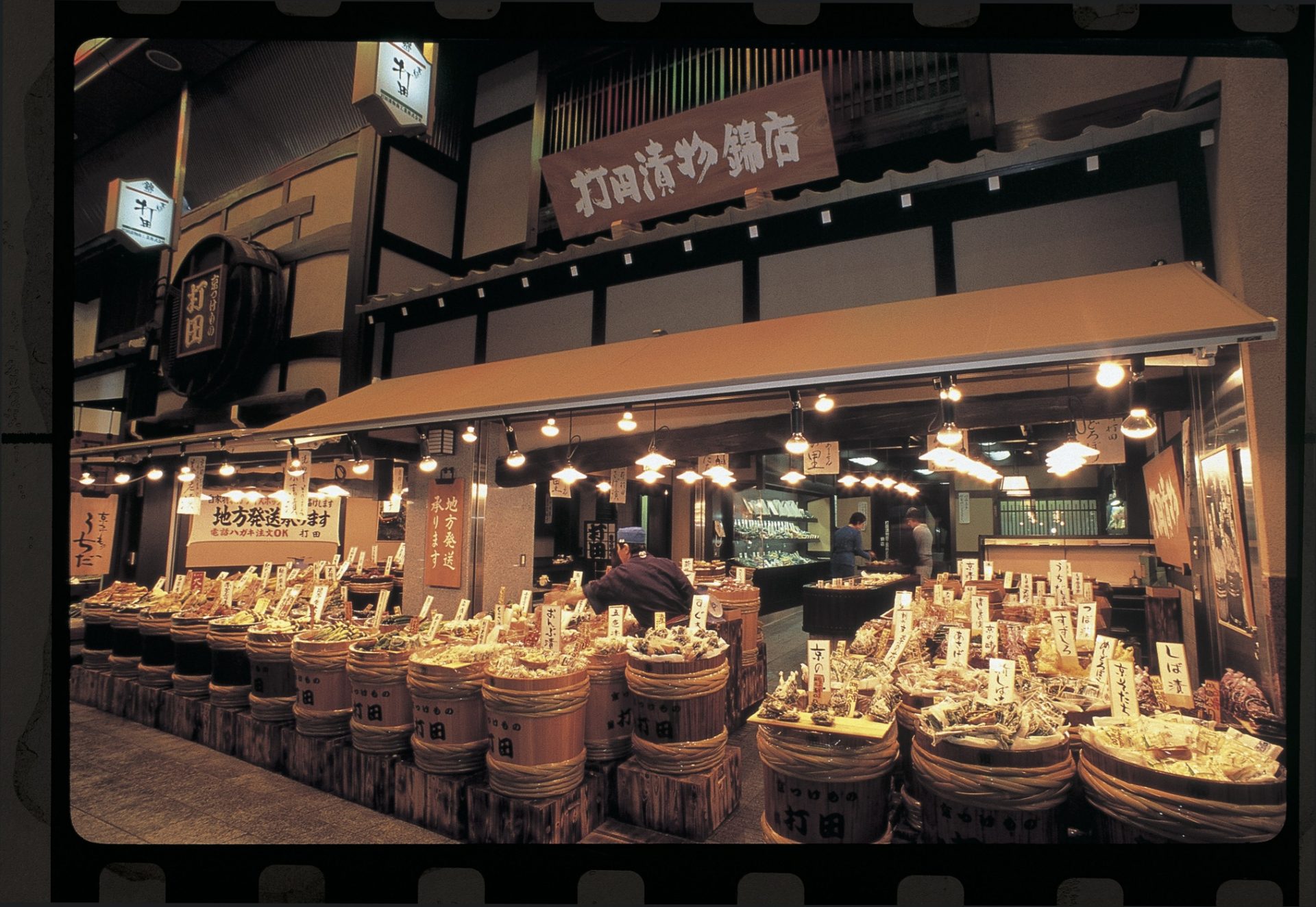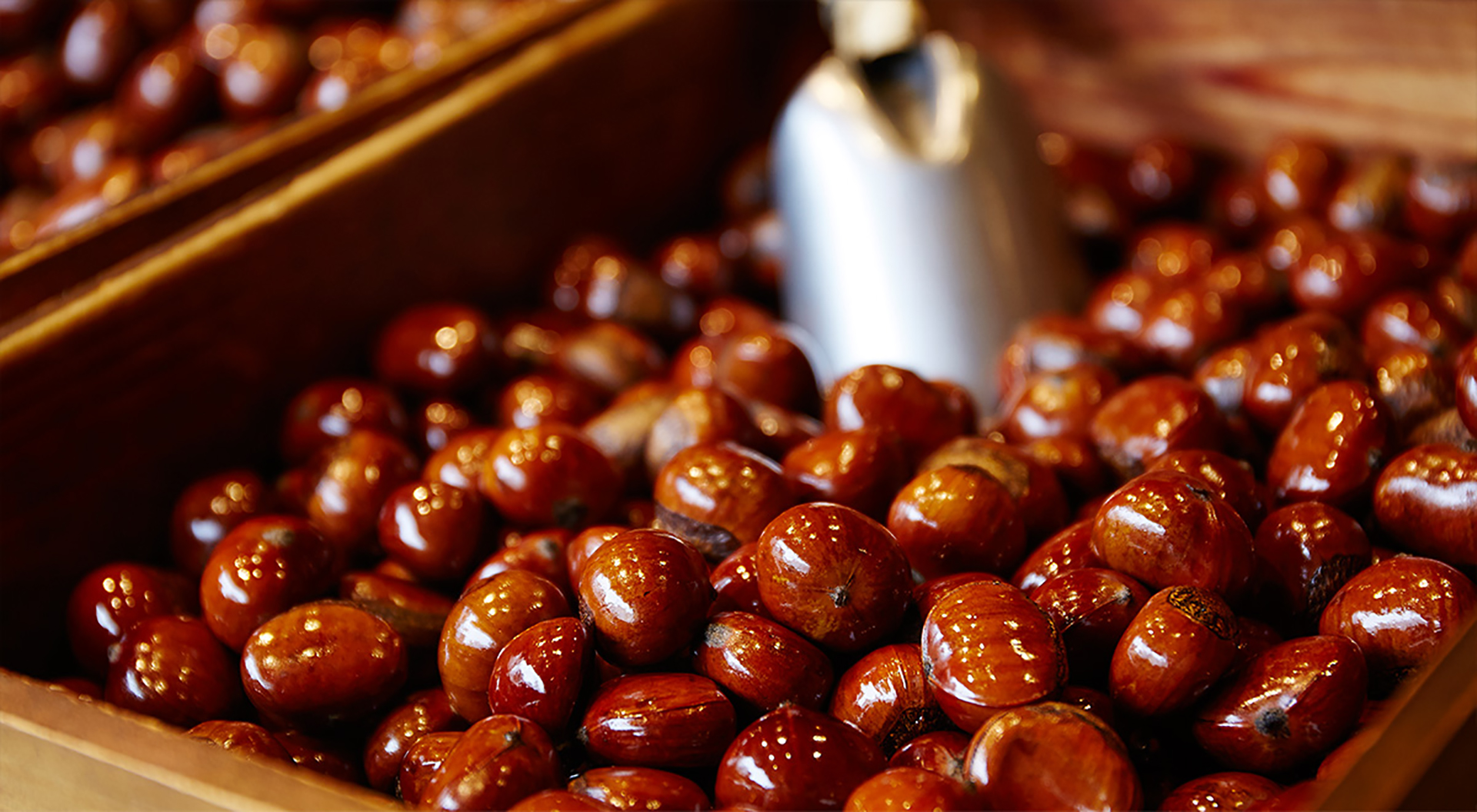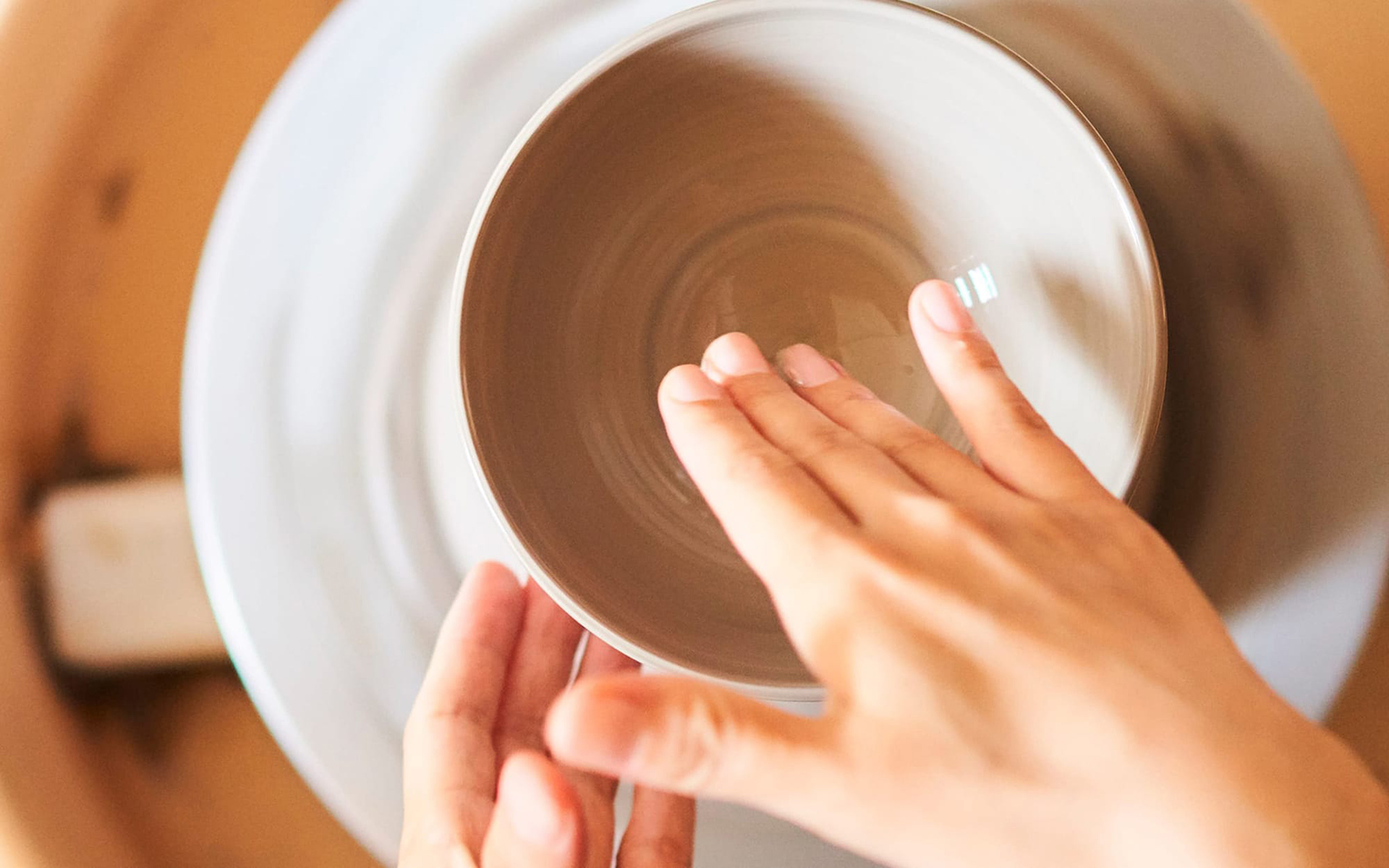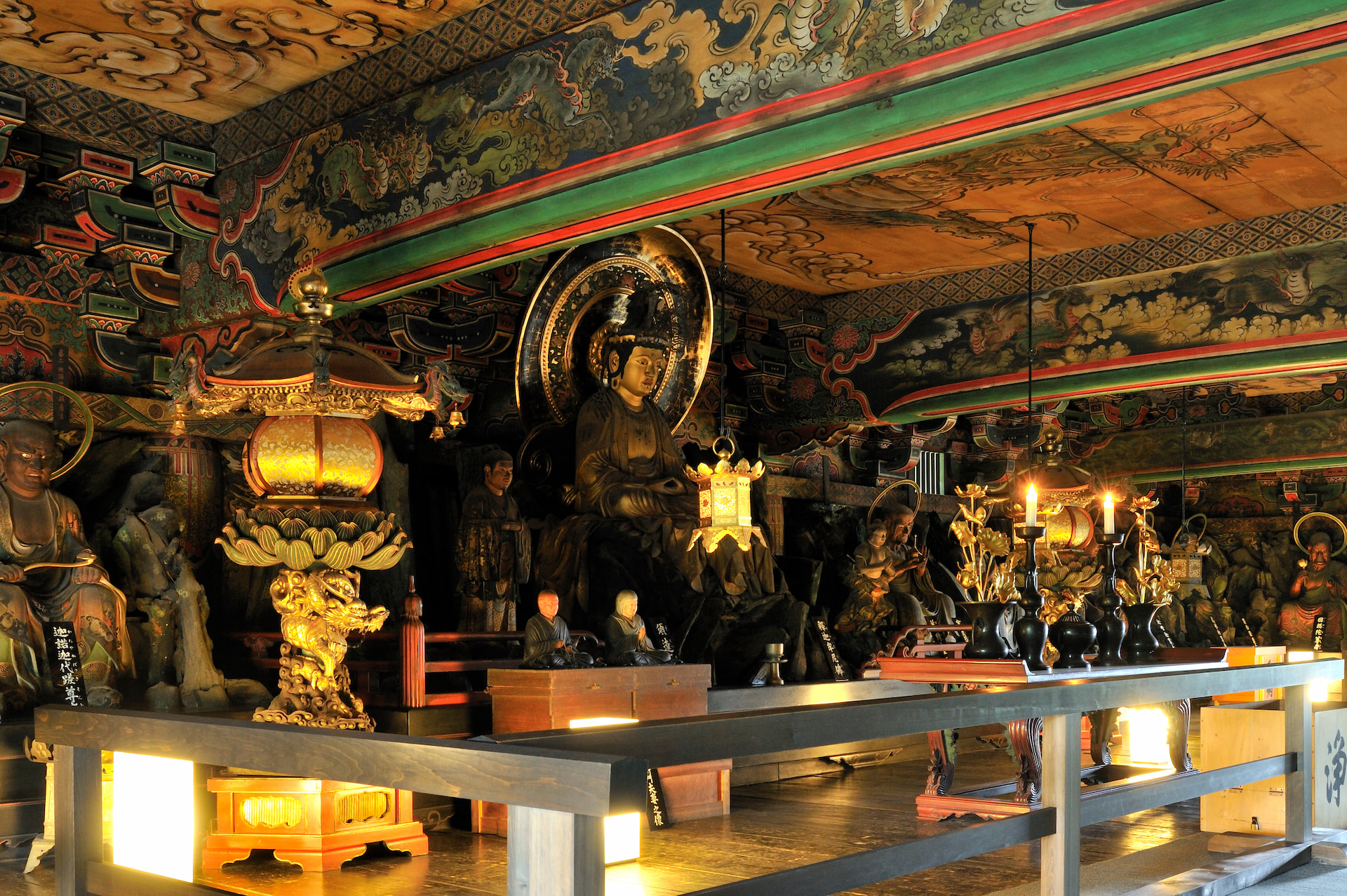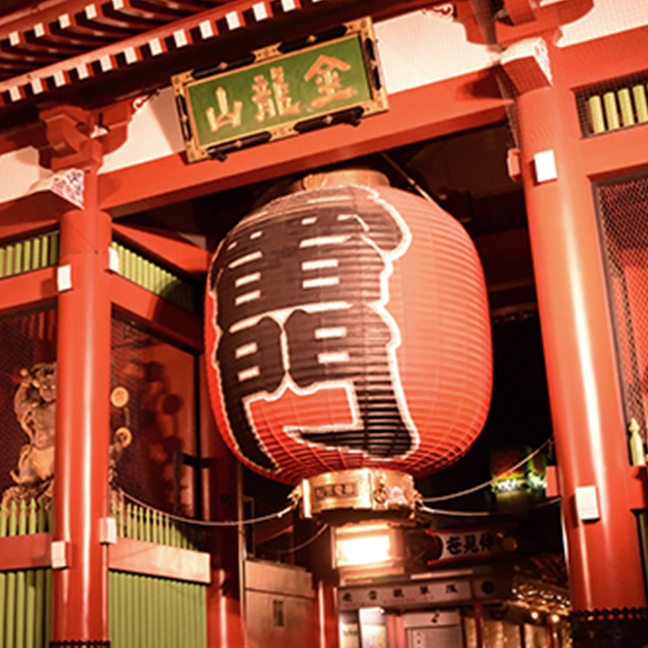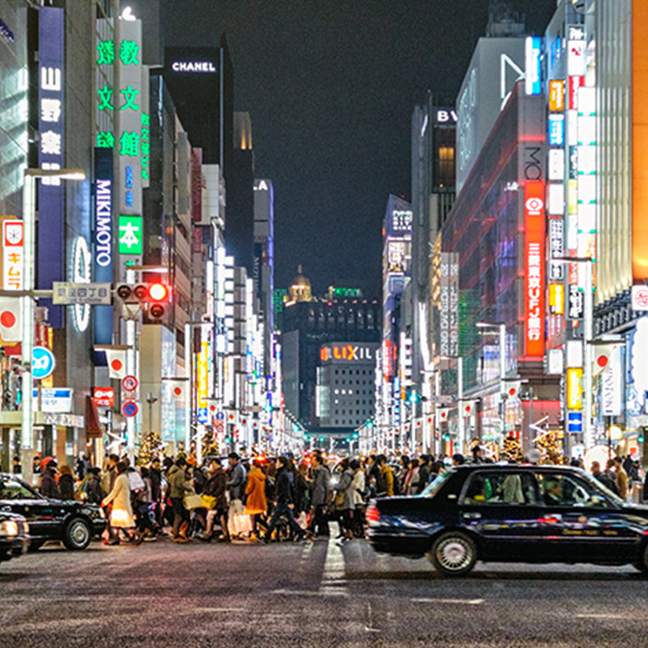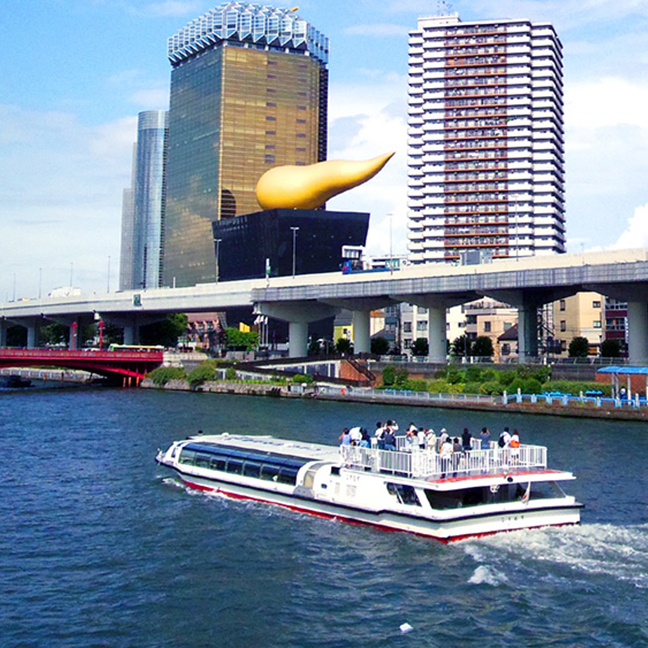As you know, Kyoto has a very large number of temples and shrines. When you visit Kyoto, you may be confused as to which temple or shrine to visit. So we are going to introduce a temple that is within walking distance from our hotel and well known to all Japanese people.
About Chion-in
Chion-in Temple is one of the most famous temples and shrines in Kyoto. Its official name is “Kadozan Chionkyoin Otani-ji Temple,” and it was founded in 1175. The temple is located on the site where Honen Shonin, the founder of the Pure Land Sect of Buddhism, spent his later years. There are 13 buildings, including 2 gardens, within the vast grounds approx. 241,322㎡, and shuttle buses run to and from the site.
Where is Chion-in Temple located?
From Kyoto Station, take City Bus No. 206, 23 minutes, get off at “Chion-in-mae” and walk 5 minutes.
From Hankyu “Kyoto Kawaramachi” station, it is a 15-minute bus ride or walk, from Keihan “Sanjo” station, a 10-minute bus ride, or from Keihan “Gion Shijo” station, a 10-minute walk.
Chion-in Temple is about a 15-minute walk from THE GATE HOTEL Kyoto Takasegawa.
Pick up the highlights of Chion-in Temple
Two National Treasures
Sanmon

This is the main gate in front of the main hall and the entrance to Chion-in. The second floor (rojo) houses a statue of Buddha designated as an important cultural property, and the ceiling, pillars, and walls are decorated with birds, celestial maidens, and flying dragons in the Pure Land of Raku-jodo (paradise) in richly colored paintings. Unfortunately, the interior of the tower is usually closed to the public, but there are times when it is open to the public, such as during special viewing periods.
Mieido

The Mieido Hall has just completed a major 10-year renovation in 2020.
it is called “Mieido”, it enshrines the image (Miei) of Honen, the founder of the temple, and is also commonly called “Daiden”. The present Mieido was rebuilt after being destroyed by fire in 1639 by Iemistu Tokugawa, the third general (Shogun) of the Tokugawa family. It is a wonderful opportunity to see the splendor of the building, which has been restored by this major repair, and which was built by the Tokugawa family using the best technology of the time.
Two Gardens
Yuzen Garden

This garden was created in the Showa period (1926-1989), and visitors can enjoy two types of Japanese gardens at the same time: a garden with a pond fed by spring water from the Higashiyama mountains, and a karesansui (dry landscape garden), a garden style that uses gravel and other materials to express water without using water. The garden is also illuminated during the cherry blossom and fall foliage seasons.
Hojo Garden

This pond garden is said to have been created in the early Edo period. Visitors can enjoy the Japanese style of the garden with stones, moss, and well trimmed trees. From the Hojo Garden, visitors can climb up the stairs to the Santei Garden. It is a great spot from which you can enjoy a panoramic view of the city of Kyoto.
Two Slopes
Otoko-zaka

After passing through the Sanmon Gate, you will see Otoko-zaka, a stairway leading up to the Mieido. It is said to have 51 steps with a steep stairs.
Onna-zaka

This stairway is much gentler than the Otoko-zaka. At the top of the staircase, it joins the Otoko-azka.
If you are not confident about your ability to climb either of the stairs, we recommend you to take the shuttle bus that will take you to the Mieido, skipping even the stairs of the Sanmon Gate.
Lighting up the temple
Chion-in is lit up during special nighttime viewing periods in spring and fall. Cherry blossoms and autumn leaves are lit up and look fantastic. The hours and places of viewing are limited, so please check their schedule in their website before you plan. If the timing of your trip is right, you should definitely include it in your plans.


After visiting the shrine
Sit down and take a rest.
After strolling through the vast grounds, you must be tired. You may need a coffee or take a break.
Located right in front of Chion-in, Wajyunkaikan, a dormitory of Chion-in, has Hanamizuan, where you can enjoy steamed and vegetarian dishes for breakfast, lunch, and dinner, using seasonal ingredients in a healthy way.
In addition, ” Cafe Karin” in the same facility offers coffee “Chion-in Blend”, light meals, sweets, etc., in a casual atmosphere.
Another place to visit
Since you have come all the way to Kyoto, you want to make full use of your time! For those who want to make the most of their time, why not visit Yasaka Shrine, a 5-minute walk from Chion-in Temple?
Or, if you exit the Sanmon gate and go straight north, you will find Heian Jingu Shrine. (The photo of the torii gate was taken by the general manager.)
Visiting Information
- Name: Chion-in
- Address: 400 Hayashi-shita-cho, Higashiyama-ku, Kyoto City 605-8686
- Tel: 075-531-2111
- Gate opening: 5:00 or 6:00-16:00
- Garden opening: 9:00 – 4:00
- Closed: Open all year round
Garden Admission Fee
Admission to Chion-in Temple is free.
| Yuzen Garden | Hojo Garden | Common ticket | Remarks | |
| Adult | 300 yen | 400 yen | 500 yen | High school student and older |
| Child | 150 yen | 200 yen | 250 yen | Elementary/Junior high school student |
| Group | 270 yen | 360 yen | 450 yen | 30 people or more (adults only) |
For the latest information on opening and closing times, admission fees, and events, please check the Chion-in website or contact the temple directly.
When you visit Kyoto
Where to stay

Drop in on us

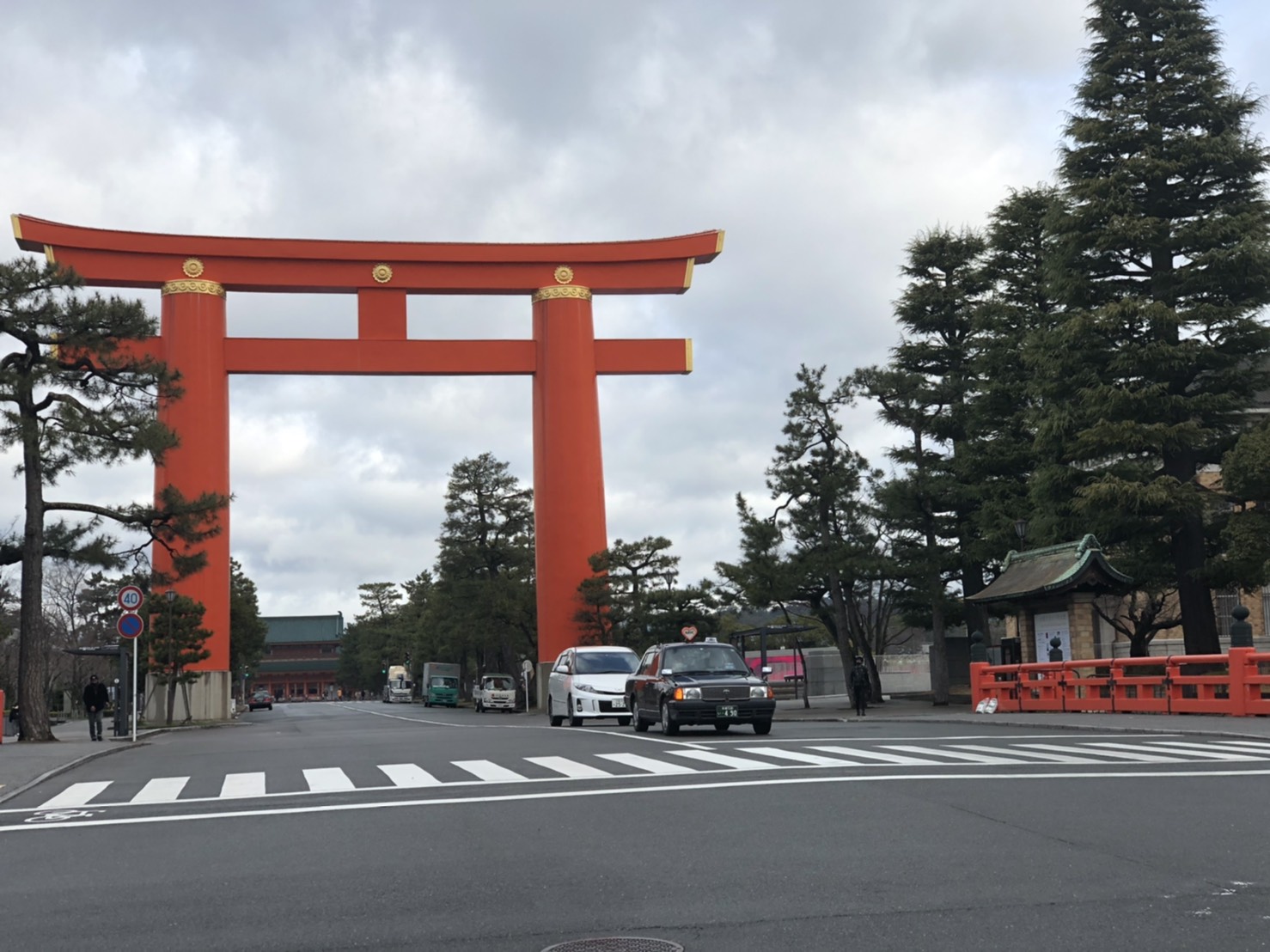


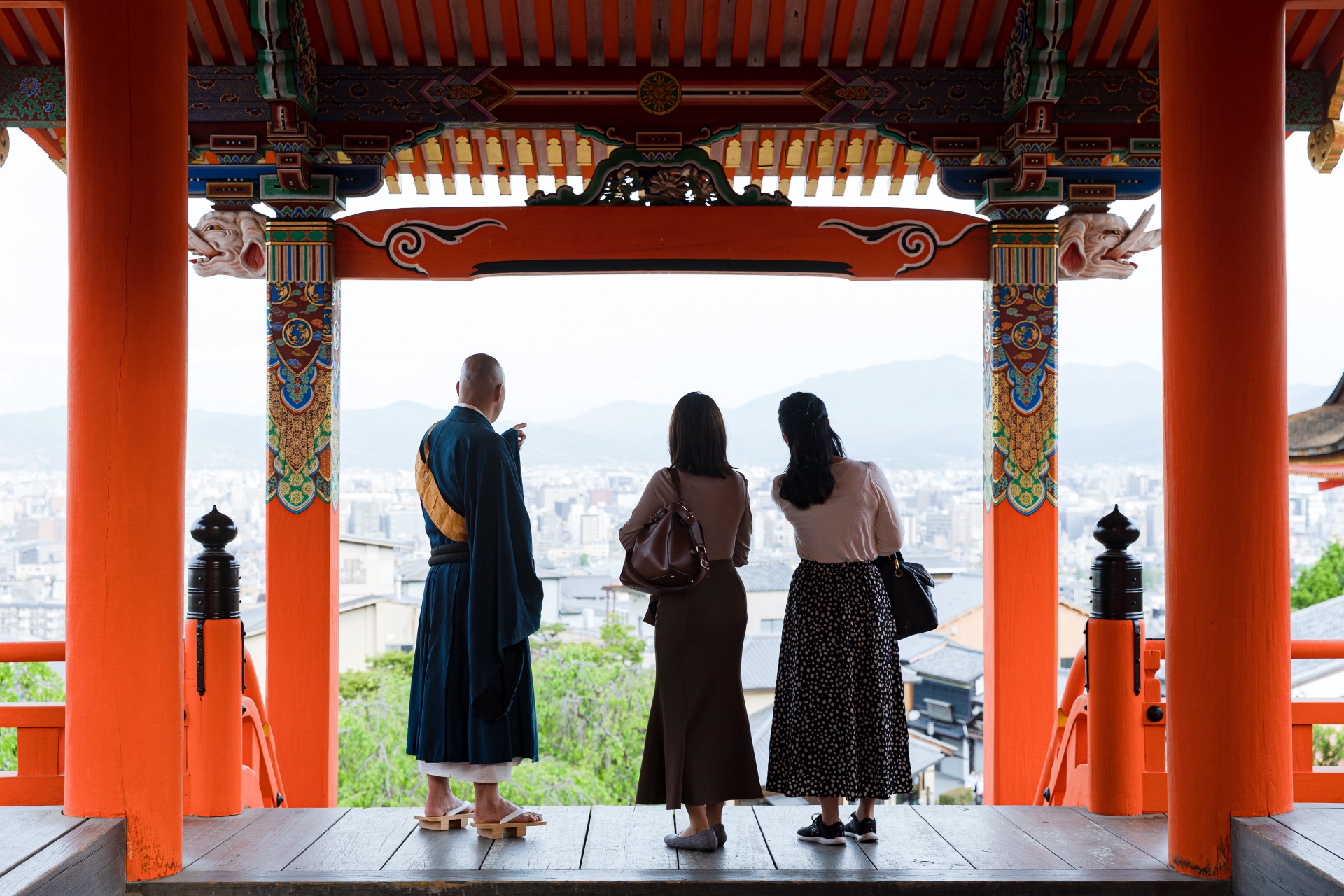

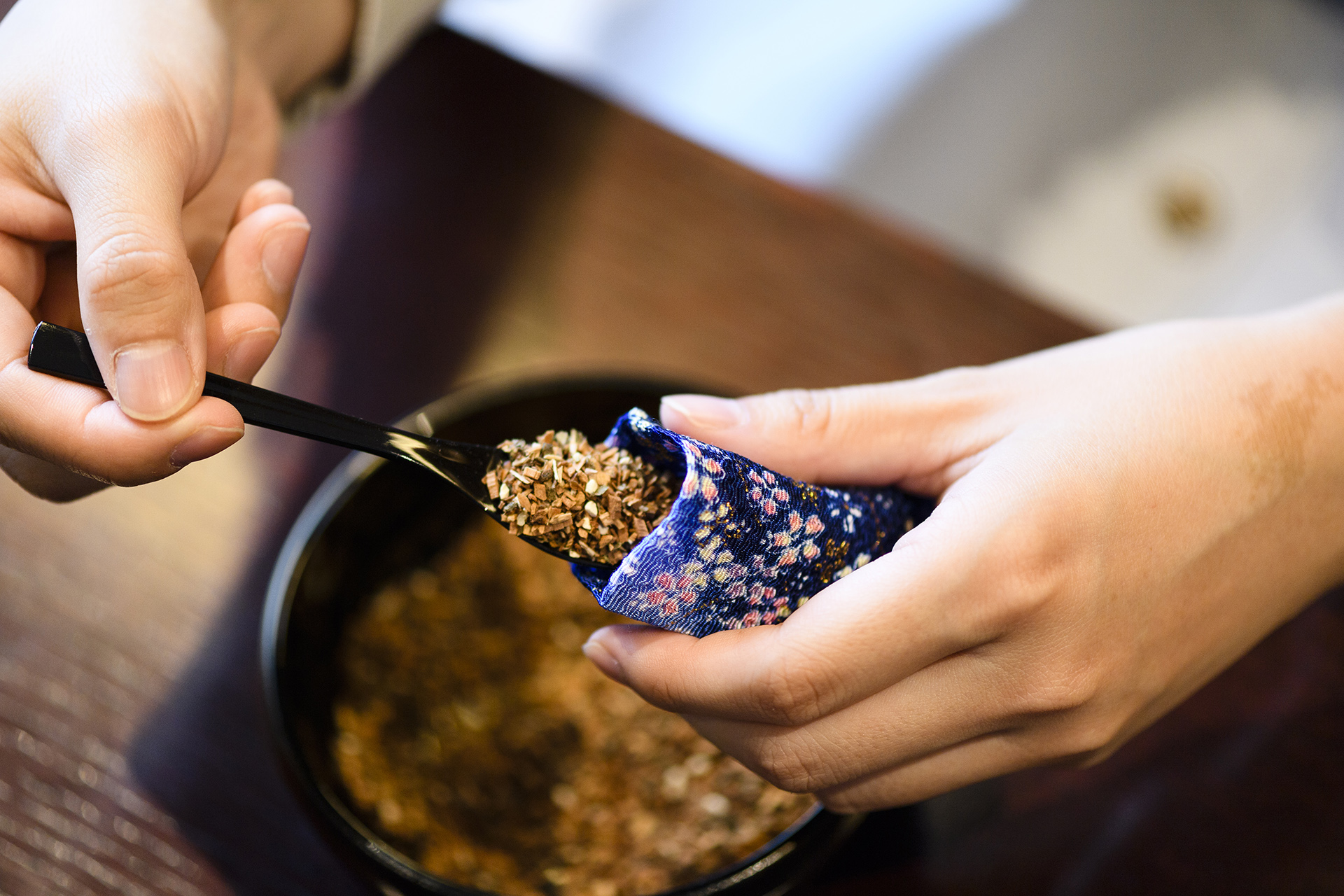

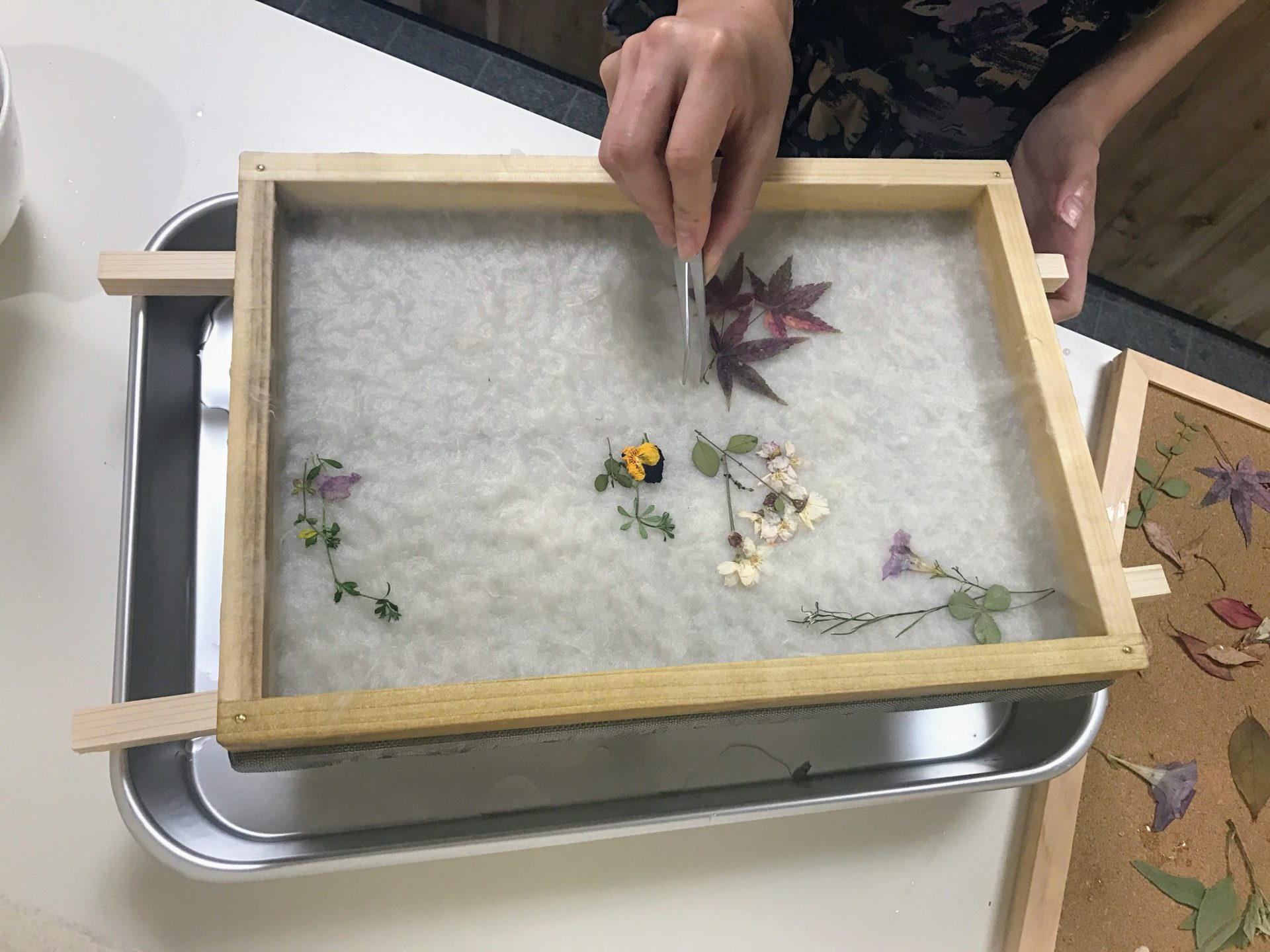
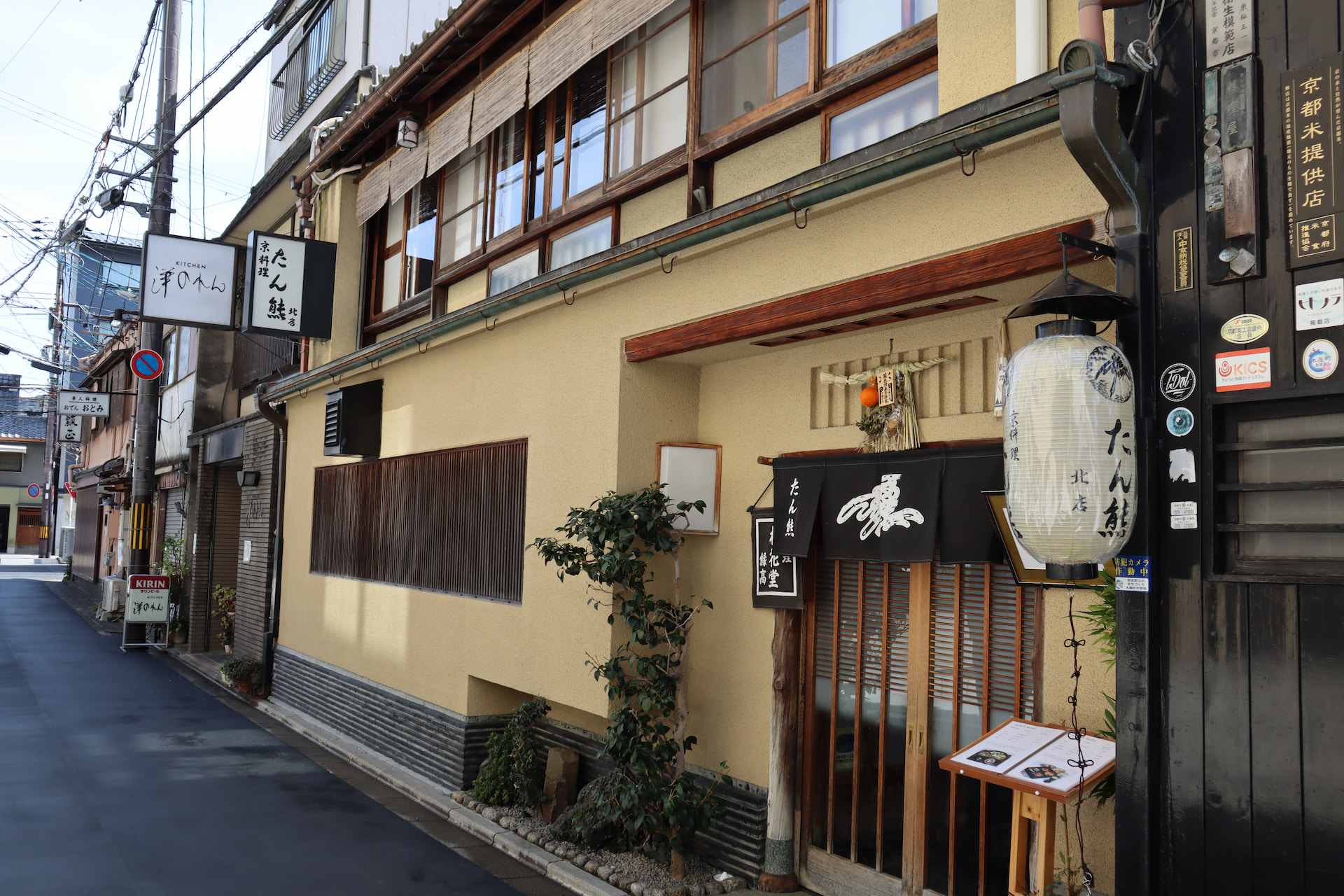
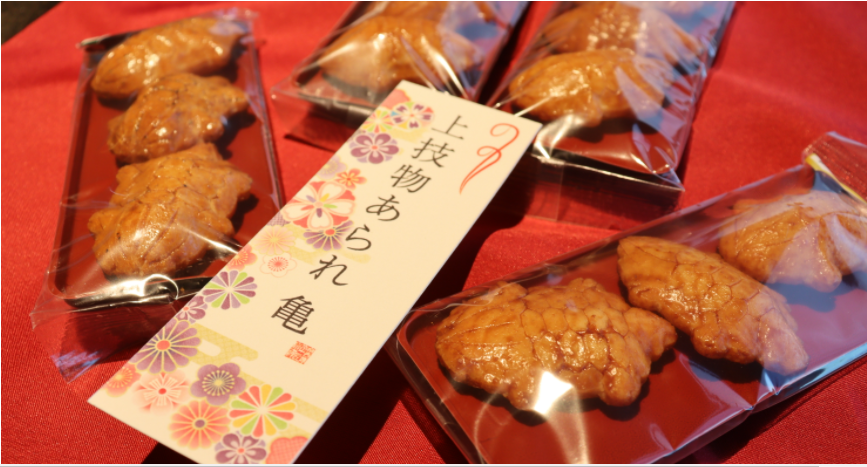

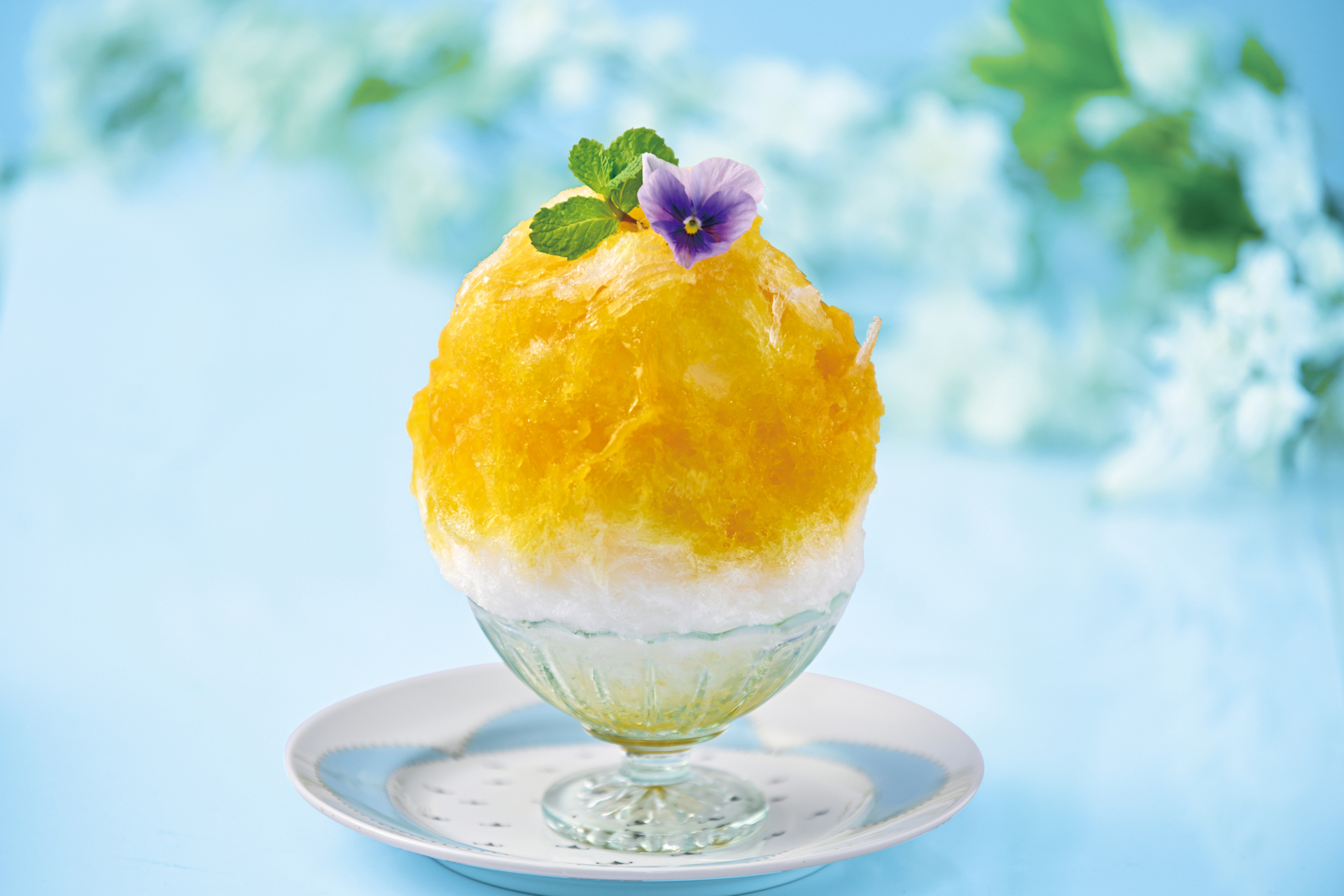




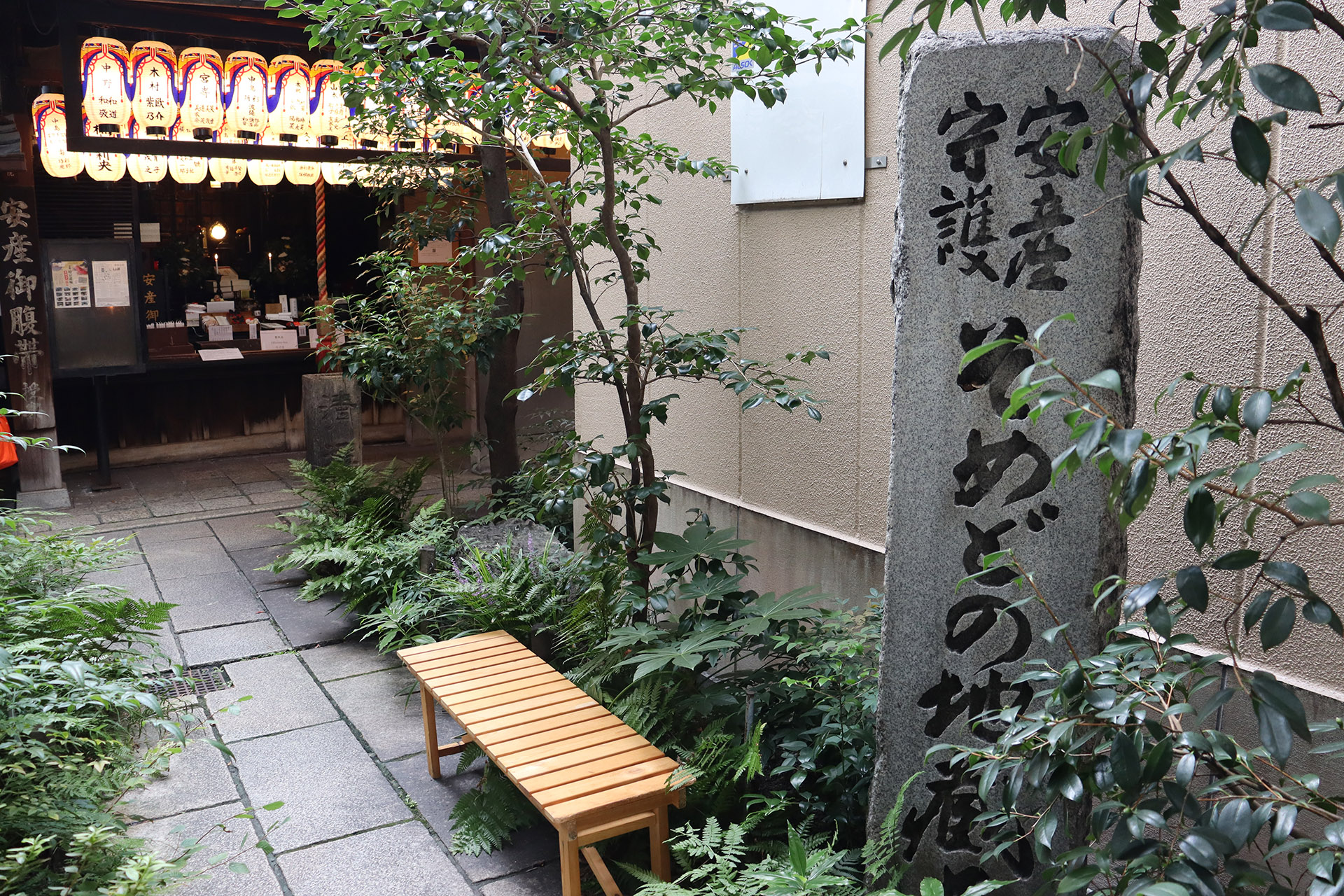


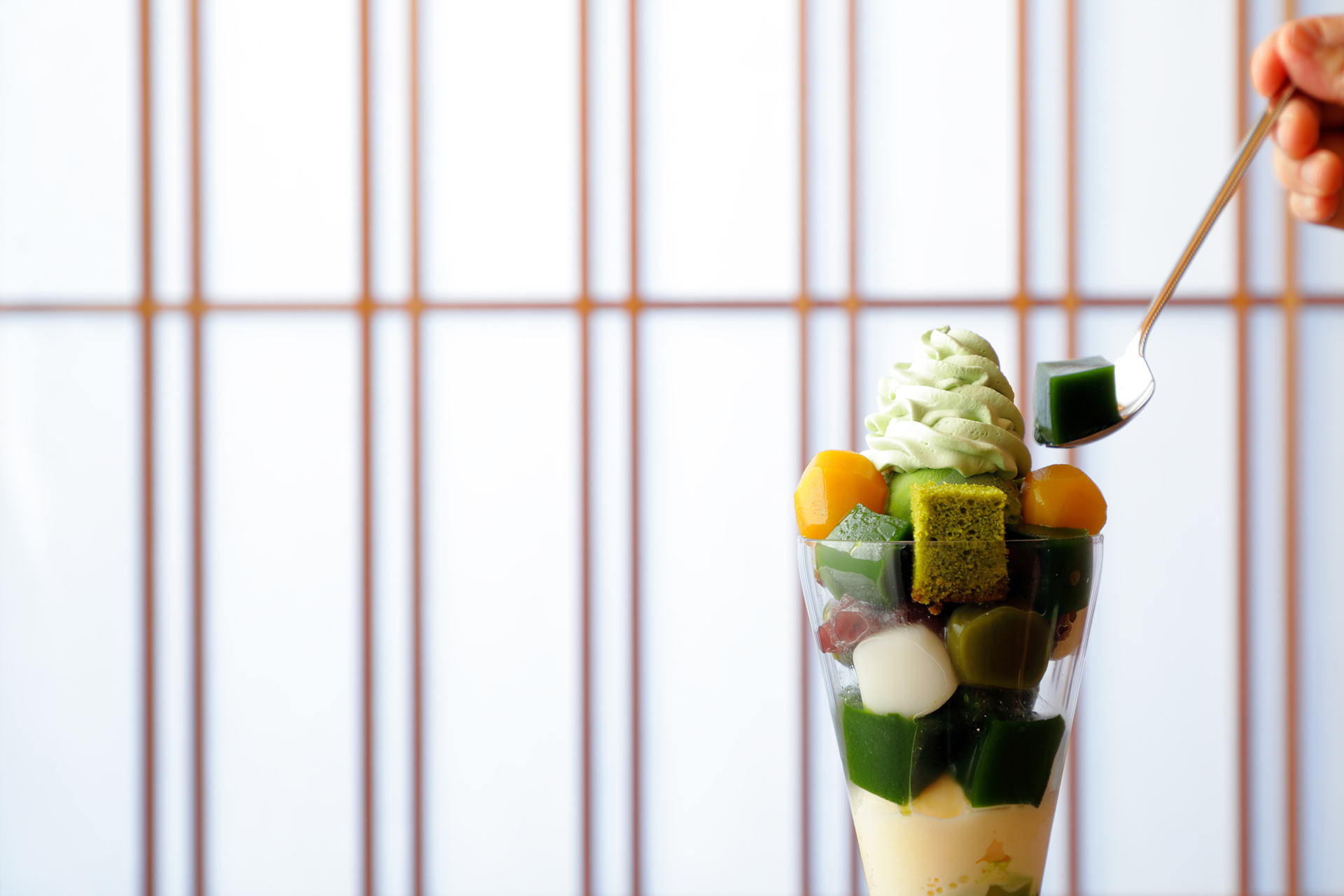
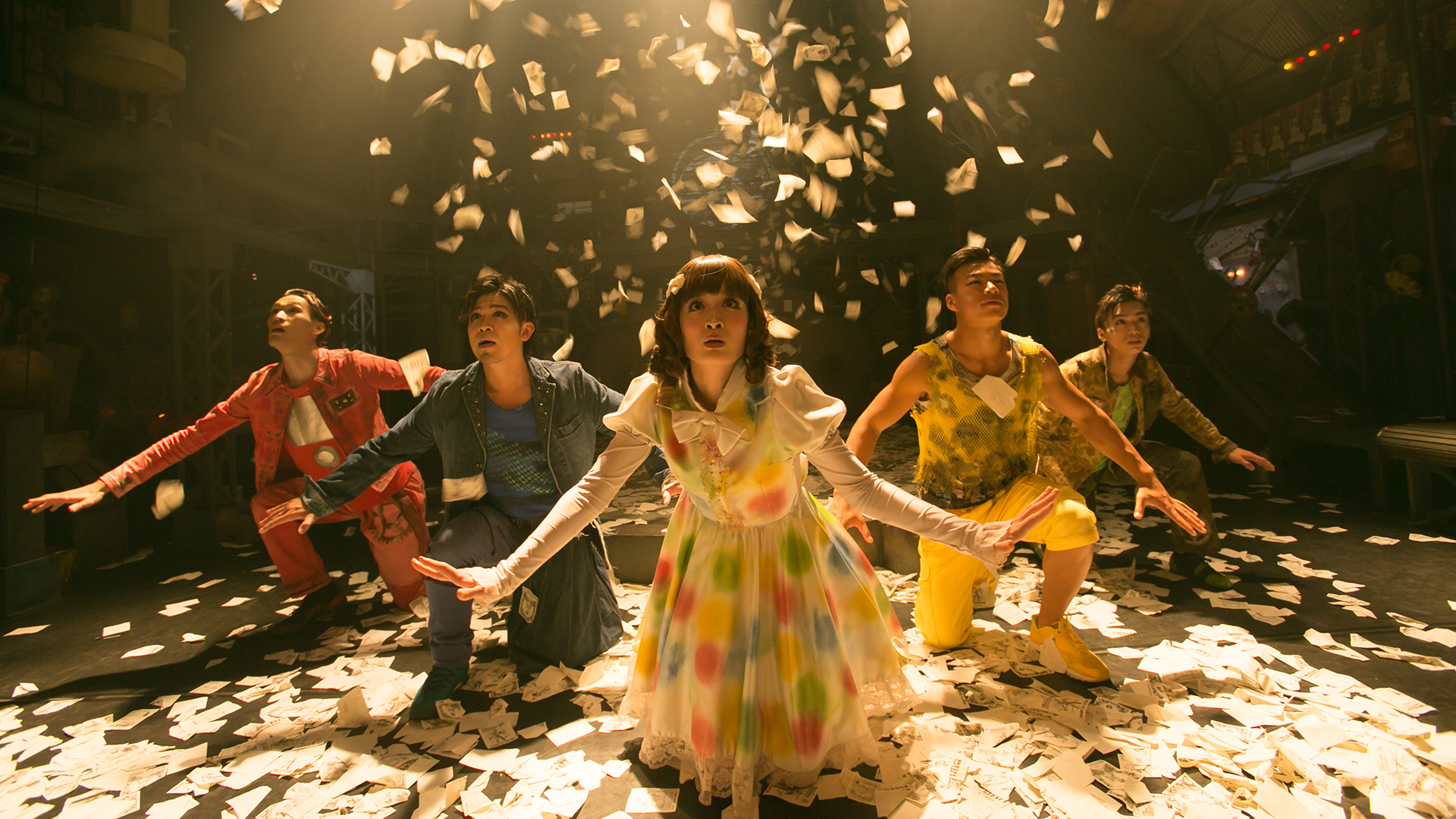
-1.jpg)
